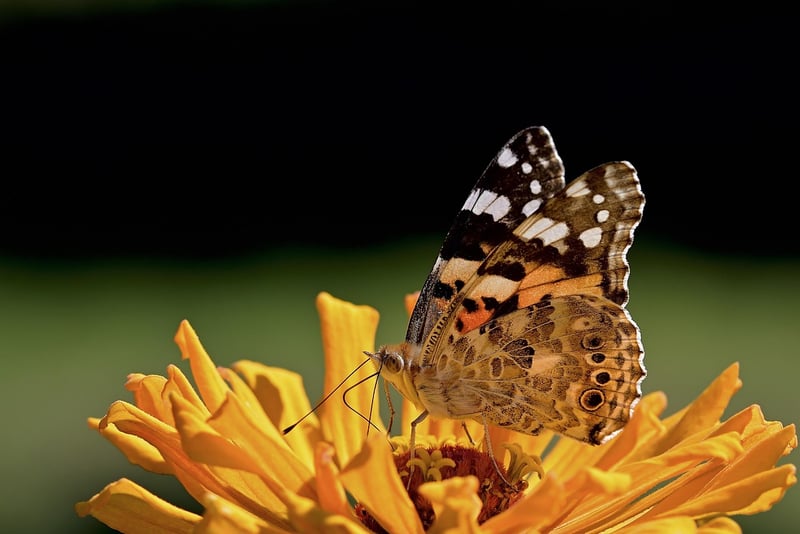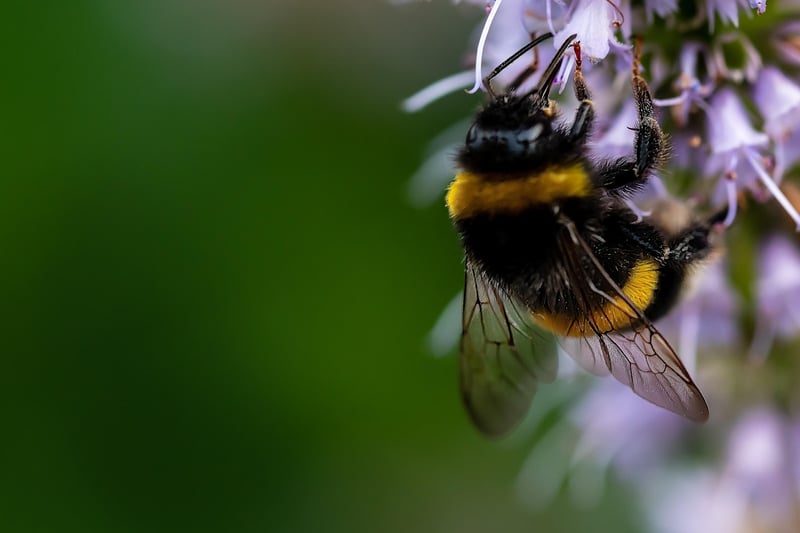Pollinator Gardens
Attracting Wildlife to Cities with Pollinator Gardens

As urban areas expand, natural habitats for wildlife diminish. However, by creating pollinator gardens within cities, we can invite various species of birds, bees, butterflies, and insects back into our urban landscapes. These gardens not only beautify our surroundings but also play a crucial role in supporting biodiversity and ecosystem health.
What are Pollinator Gardens?
Pollinator gardens are specially designed spaces that provide food, shelter, and nesting sites for pollinators such as bees, butterflies, and hummingbirds. These gardens typically consist of a variety of native plants that offer nectar, pollen, and seeds, essential for the survival of these pollinating creatures.
Benefits of Pollinator Gardens in Cities
- Enhance biodiversity in urban environments
- Support pollinators crucial for food production
- Improve air quality and reduce pollution
- Create beautiful green spaces for communities to enjoy
- Encourage environmental education and awareness
Tips for Creating a Pollinator Garden
- Choose a sunny location with access to water
- Plant a variety of native flowers, shrubs, and trees
- Avoid using pesticides and herbicides
- Provide nesting sites like birdhouses and bee hotels
- Maintain the garden by weeding and watering regularly
Get Involved!
If you're passionate about wildlife conservation and want to contribute to a greener, more sustainable city, consider starting a pollinator garden in your community. You can also volunteer at local parks or join environmental organizations dedicated to preserving urban biodiversity.
Together, we can transform our cities into vibrant habitats that support not only human life but also the diverse wildlife that shares our urban spaces.
Let's create a better future for all living beings, one pollinator garden at a time!
